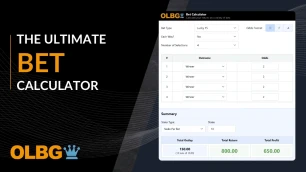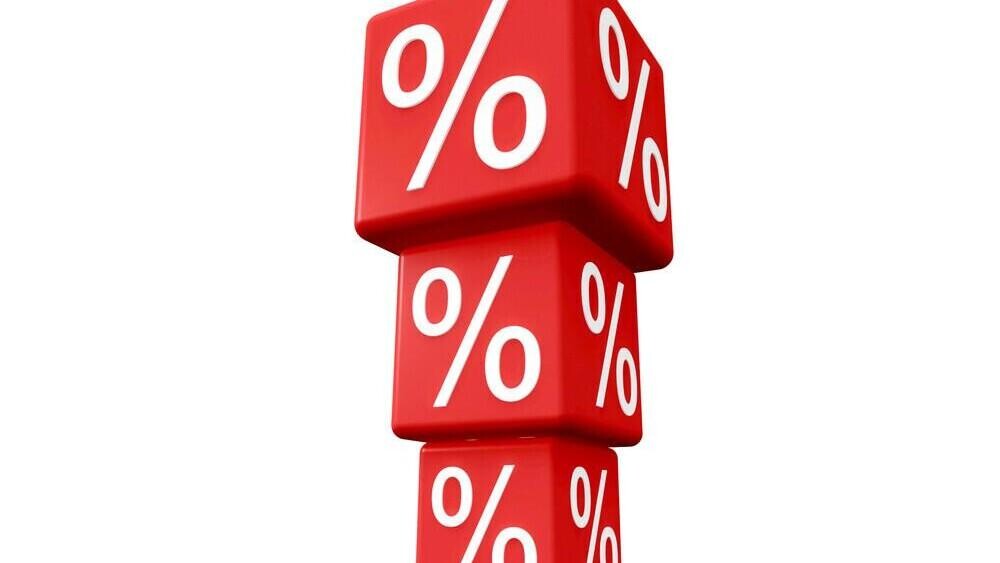
Ever feel like you’re guessing when betting on tennis, cricket or golf? I make sense of the stats and trends so you can bet confidently and enjoy watching your bets play out.
I was listening to a podcast where a bookmaker representative mentioned his firm using the Poisson distribution to calculate football prices.
If it's good enough for the enemy then it is good enough for us as bettors.
We know the bookies are shrewd and we need to be as shrewd and use all the tools available.
What may help is our article on understanding bookmakers, in the meantime on with Poisson.

How Bookmakers Work and Create Odds
Poisson History
The Poisson Distribution has been used to predict many things from miscarriages of justice in 18th Century France to the number of bombs dropped on London during the Second World War.
It is also one of the most commonly used models to predict the outcomes of football matches.

Ultimate Guide on How to Use Football Form
Poisson Calculation
To calculate the Poisson formula we need the average number of times that an event occurs within a set period of time.
Importantly the events in question have to occur a whole number of times.
For example, half a bomb would never fall on London, there could be 1, 2, 3, 4 or any whole number.
If the average number was 3.6, this could actually mean a variety of different things, it might mean that there are nearly always 3 or 4, but it could also mean there are a lot of nights where there are six or seven and a roughly equal number of nights where there were none.
This is one of the problems with the average; it doesn't tell which of those two scenarios happened.

The Poisson distribution takes the average and gives us the percentage chance of 1, 2, 3, 4 occurrences of an event are, if certain assumptions are true.
In any given game, like the number of bombs hitting London, there will always be a whole number of goals scored.
It also true that in a league game there are always 90 minutes (assuming the time added on accounts for time that was not used for playing) so we have a standard time frame in which to measure how often the goals are scored.
Because goals in football matches fit these two requirements, there is an argument that football fits the assumptions for a Poisson distribution.

Over 2.5 Goals Betting and Statistical History
In a previous EPL season there was an average of 2.566 goals scored per game.
We can put this average into the Poisson formula to give the following percentage chances of the number of goals scored in a given game.
Whilst not perfect, the distribution has got the percentage fairly near to the actual figure.
This further backs up the idea that the Poisson distribution is a good one to use for football, but this calculation is not everything needed.
To know the result, we need to know more than just how many goals are likely to be scored; we need to know the number scored by each team.

The way to do this is to do the above twice, once for the home team and once for the away team.
As an example we will take a game between Manchester City and Arsenal;
Imagine City scored an average of 2.18 goals per game recently whereas Arsenal scored an average of 1.87.
If we put these averages into the Poisson formula we get the chances of each team scoring 0,1,2,3 and 4 goals.
Multiplying the possibility of one team scoring the relevant number of goals by the chance of the other team getting the number of goals needed for that particular result gives us the probability of that result.
These probabilities can be put into a table and colour coded to show which team wins with each result. .
| |||||||||||||||||||||||||||||||||||||||||||||||||||||||||||||
Adding up the squares of each colour allows the 1X2 market to be priced up.
| Outcome | % Chance | Implied Odds | Actual Odds |
| 1 | 45.8 | 2.18 | 2.29 |
| X | 20.48 | 4.9 | 3.5 |
| 2 | 33.73 | 3.0 | 3.4 |
We can see from this that if we accept the percentage chances implied by the Poisson distribution then the odds of both the Manchester City and the Arsenal win are too long, with the best bet being the Arsenal win since this is the one overpriced by the most.
According to these percentages, the draw is well under-priced and if available to lay at the same price, this might also be a sensible strategy.
As with most statistics, there is a catch; the whole analysis is built on two numbers, the average goals scored by each team last season.
The results of the analysis is only as good as the two averages are representative of the relative teams' strengths.
The most obvious criticism is that these numbers only take account of attacking strength, defensive strength is ignored.
We can go a certain distance to addressing this by adjusting each team's average goals scored using the average goals conceded by each team.
So for Manchester City's number we would use the average of their average number scored and Arsenal's average number conceded, and for Arsenal we would use the opposite.
Manchester City Weighted average
(Av scored by City + Av. Conceded by Arsenal) / 2= (2.18 + 0.95)/2
= 1.57
Arsenal Weighted average
(Av scored by Arsenal + Av. Conceded by City) / 2= (1.87 + 1.00)/2
= 1.44
When we feed these numbers in the Poisson formula, and go through the same process as above, the results we arrive at are as follows:
| Outcome | % Chance | Implied Odds | Actual Odds |
| 1 | 40.75 | 2.45 | 2.29 |
| X | 24.21 | 4.1 | 3.5 |
| 2 | 35.04 | 2.9 | 3.4 |
So when defensive strength is taken into account the Poisson distribution suggested that the draw was a bit more likely and that City whilst still favourites, were slightly less likely to win the game.
Even after adjustments for the team's defensive strength, there are still various reasons why it could be argued that the averages used in the example aren't that representative.
The averages used refer to last season the line-ups have changed since then and the averages come from a wide range of games, not all of which were similar to this one.
The fact is also ignored that one team is at home and the other away. There are a few ways that the analysis could be changed to improve it, mostly involving weighting certain games as having more importance, but the Poisson distribution is never perfect.
The Poisson distribution on its own is not the answer to successful betting, that said, it can be useful as a starting point to picking out which games to bet on.
If it appears from the percentages that many of the best betting sites have got something wrong, a successful bettor will take a step back and consider the things that he knows have not been taken into account.
If he realises that the odds are changed by the absence of a key player, maybe he will decide that he doesn't make that bet.
If he can't find a sound reason for the odds being different to what the model suggests, then he will make the bet.
The Poisson distribution may not always give you a good bet, but it is a good way of narrowing down the possible bets to give a shortlist to which more detailed thought can be given.
Further Reading
Those of you who may be new to betting and the percentages that underpin the odds, the following pages may assist you.

You Can Win More Often When You Investigate and Learn Bookmakers Betting Percentages




